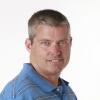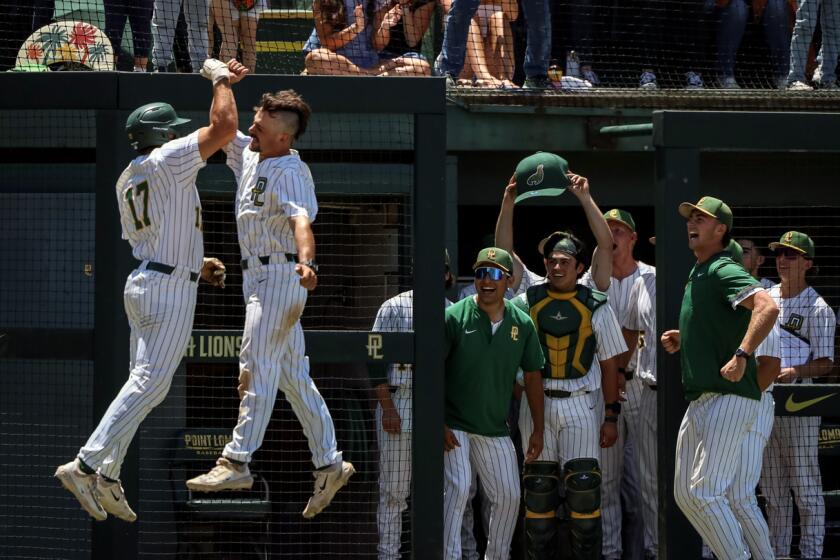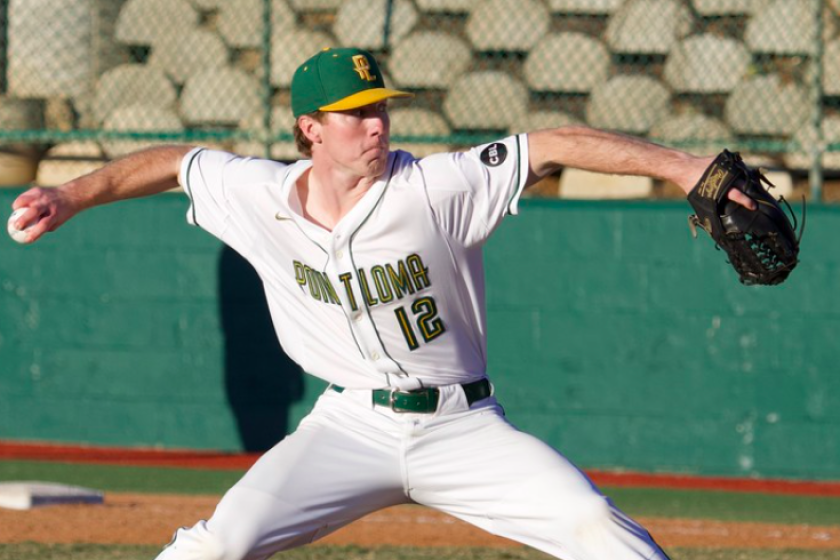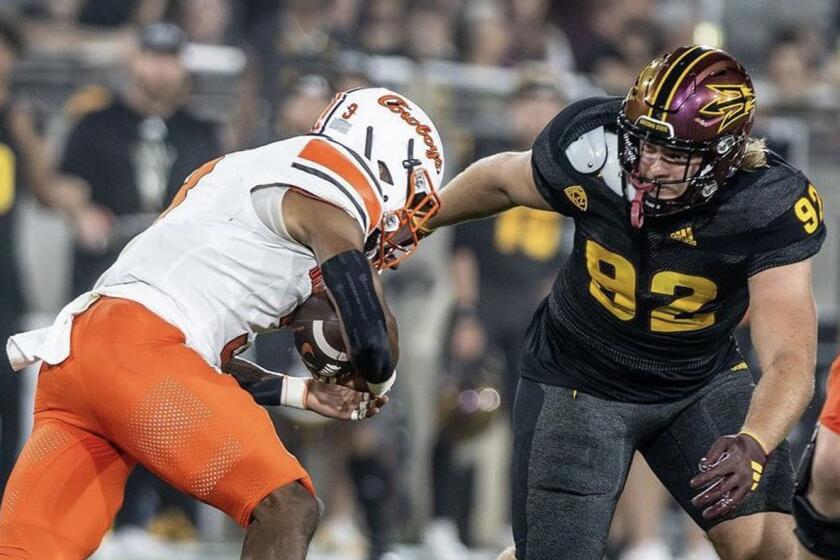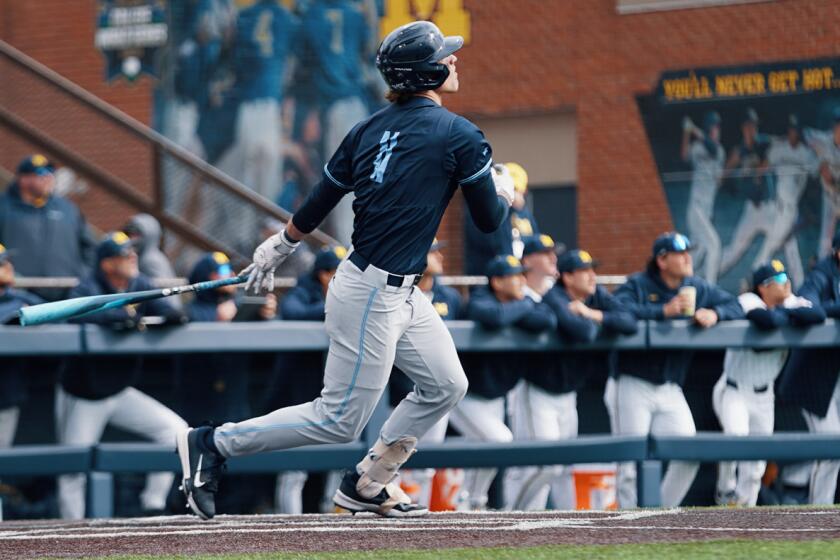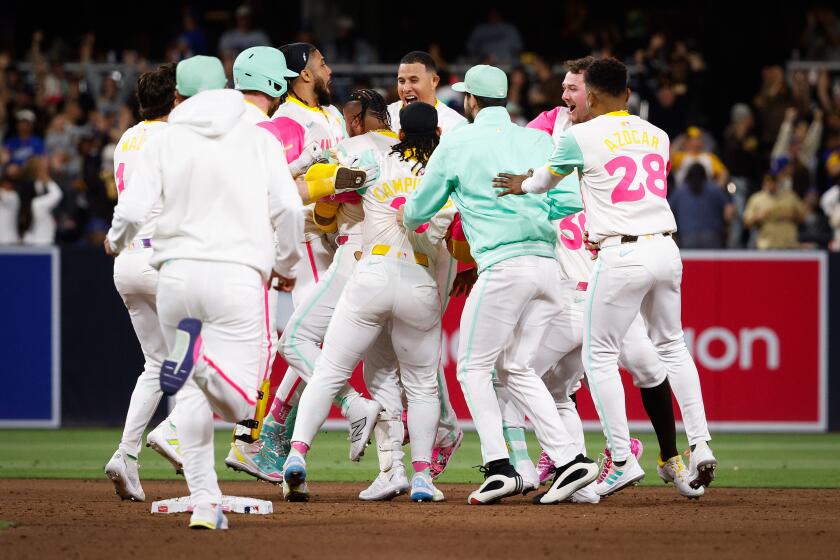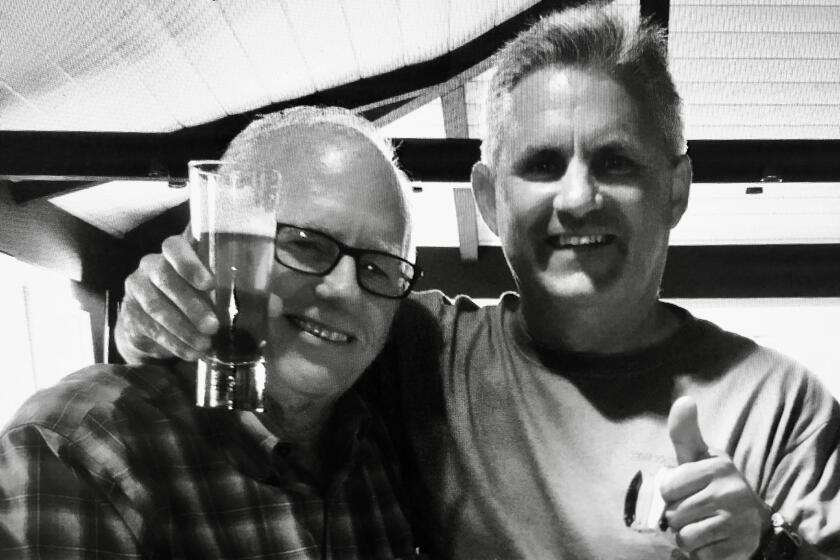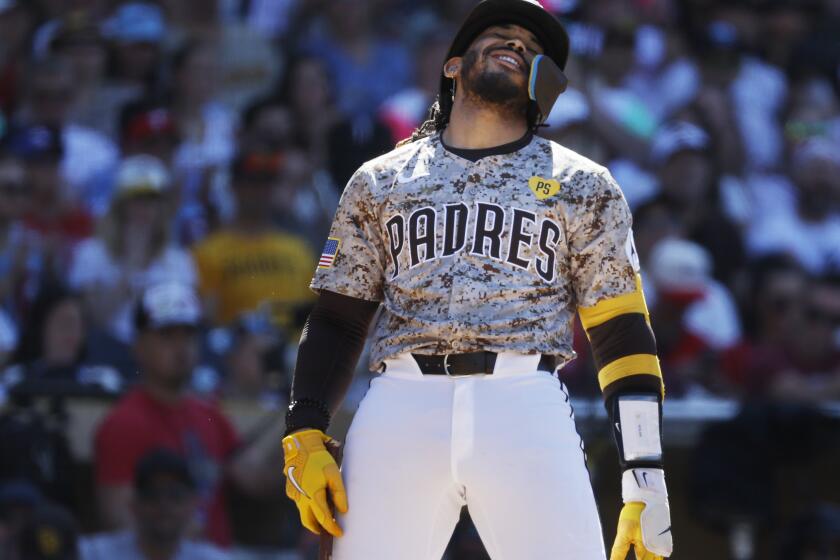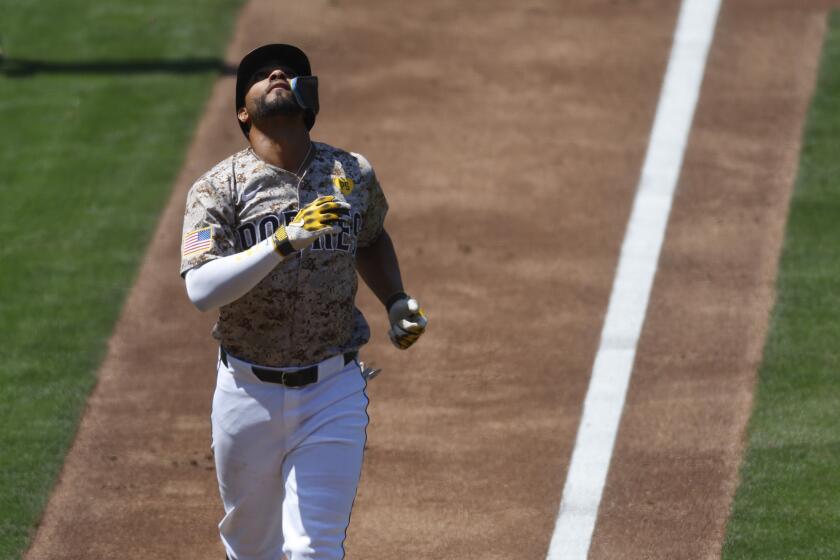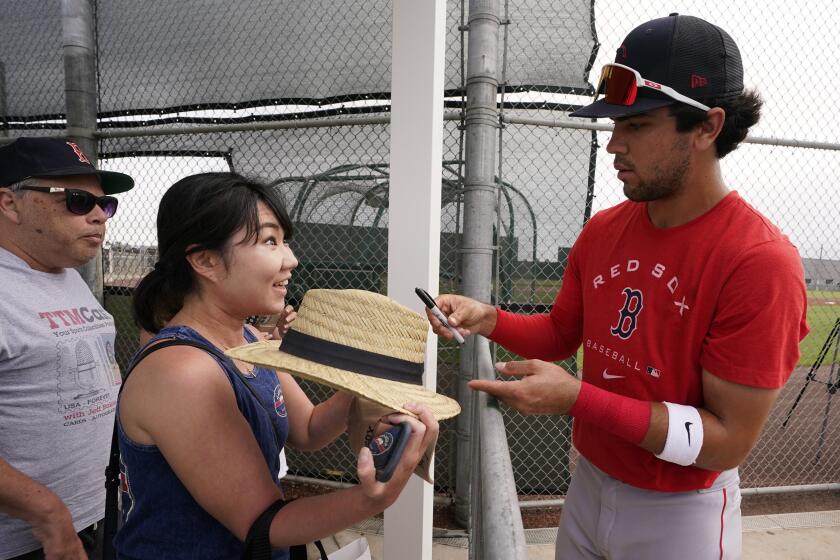Willie Mays still a source of awe and inspiration
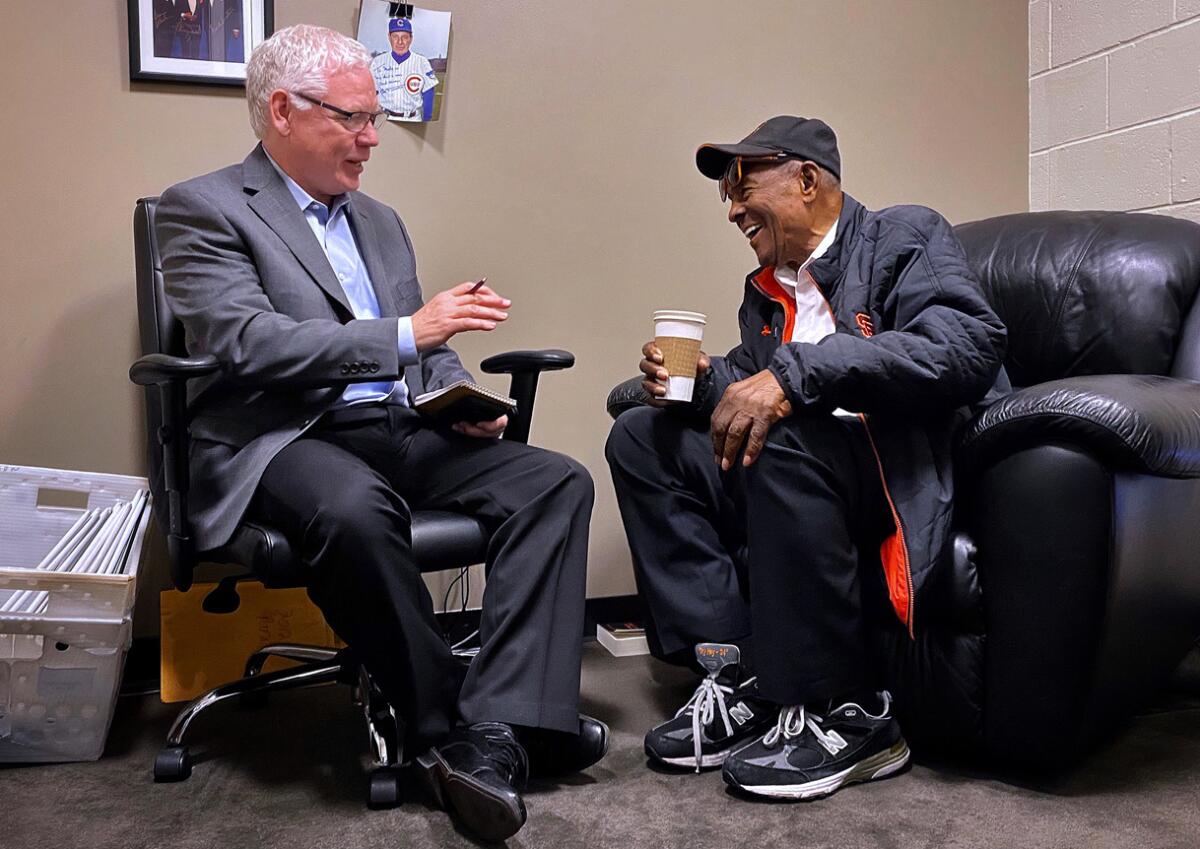
Sportswriter John Shea digs deeper in collaboration with Hall of Famer on new book — ‘24: Life Stories and Lessons from the Say Hey Kid’
John Shea was born in 1958, the year the Giants moved from New York to San Francisco.
And so began a lifelong love of The Lads that started as a fan in the stands and led to a career covering games from the press box and collecting quotes from the clubhouse as a longtime Bay Area sportswriter.
Little did Shea know that the biggest star from his childhood, Willie Mays, would one day be co-writer on a book — “24: Life Stories and Lessons from the Say Hey Kid” — about the Hall of Famer.
Though the official release of “24” is May 12, some reviewers already are calling it the definitive work on Mays.
Read an excerpt
Read an excerpt from “24: Life Stories and Lessons from the Say Hey Kid” by Willie Mays and John Shea: https://www.sandiegouniontribune.com/sports/mlb/story/2020-05-03/willie-mays-upcoming-book-say-hey-kid-john-shea
By the time he reached his teens, Shea was leaving his house in Mill Valley and boarding the Golden Gate Transit bus, then transferring to the Ballpark Express for the hour-long ride to Candlestick Park. There, he was spoiled watching the Giants and all the National League teams that came to visit them.
Once, Shea and buddy Dave Collins even went to Candlestick on a day the Giants were out of town.
“Apparently, the stadium staff was at a company picnic,” Shea said, “because we walked through the gate, along the concourse, down the aisle and onto the field, all alone with a couple of gloves, a ball and a camera, with not a soul knowing or caring about us.
“There we were posing on the dugout phone. Snap. Throwing off the bullpen mound. Snap. Making a diving throw up the middle. Snap. Climbing the outfield fence to rob Johnnie LeMaster of another home run. Snap.”
Whether on the sandlots of San Francisco or the grass at the ‘Stick itself, it seems kids imitated most of the players they watched play. Shea mentions several names. Noticeably missing from the list is Mays, revered in San Francisco the way Tony Gwynn is here in San Diego.
“Willie had to be the No. 1 guy because he was Mays,” Shea said. But, as Felipe Alou once told him, “Players like Willie play at a higher altitude, so it was always unrealistic for the rest of the world to even dream (about such greatness).
“So we dreamed with lesser players, and I dreamed with middle infielders, like Chris Speier and Tito Fuentes, who were colorful middle infielders.”
Shea, a San Diego State graduate, began covering major league baseball full-time in 1986 when he became the Padres beat writer for the Escondido Times-Advocate. Two years later, Shea returned to the Bay Area, where he has covered the Giants, A’s and the major leagues more than three decades.
The dream of writing a book with Mays (who turns 89 on Wednesday) was nearly 15 years in the making, the concept boosted by a piece Shea did on the Say Hey Kid in 2006 on his 75th birthday.
“This was the perfect way to present his life and career at this time in his life, because he wanted to be an inspiration to the people,” Shea said. “He wanted to leave his mark on life and provide a legacy that would help others.
“He came from an environment where he didn’t have a whole lot of money, although he always said he had plenty because ‘I had relatives, I had friends and I had ballfields.’ That’s all he needed.”
Shea has a shelf full of books about Mays in his home office, many of them with the same stories and quotes cycled and recycled.
He wanted this book to be different.
Sure, it would touch on the highlights of a Hall of Fame career that included 660 home runs, signature moments like “The Catch” in the 1954 World Series and debates over who was the greatest center fielder in New York in the 1950s (Willie, Mickey or The Duke).
But this effort delves much deeper than that.
Shea spent a week in Birmingham, Ala., tracing Mays’ roots. The trip included a visit to Rickwood Field, where Mays’ pro career took off with the Birmingham Black Barons. Rickwood Field opened in 1910, making it the oldest professional ballpark still standing (Fenway Park opened in 1912 and Wrigley Field in 1916).
Shea said he got chills walking around the field. He also got great stories from some of those who met and played with Mays before he embarked on a career that The Athletic judged the best in baseball history (Babe Ruth was No. 2).
Everything in quotes is what Shea collected from the more than 200 people interviewed for the book.
It includes fresh interviews with everyone from Hank Aaron, Maury Wills and Pete Rose to some of Mays’ Negro League teammates on the Birmingham Black Barons to three former U.S. Presidents, Bill Clinton, George W. Bush and Barack Obama.
Broadcasters Bob Costas (who wrote the foreword) and Vin Scully paint poetic pictures.
Bill James, the godfather of statistical analysis, is among those who offer how Mays would be valued today.
Consider: A 10 WAR was achieved by hitters 10 times in the 2000s. Mays averaged a 10 WAR over seven seasons.
To top it off, Shea did more than 100 hours of interviews with Mays.
“That’s the beauty of this book,” Shea said. “Nobody has ever seen any of these quotes. It’s all fresh, new information.”
It is 24 chapters (corresponding to Mays’ jersey number) on inspiring the reader, with titles like “Play Catch with your Dad,” “Remember Your History,” “Honor Your Mentors” and “It’s Not All About Numbers.”
“The first thing he said (when considering the project) is I would like to see this book in classrooms,” Shea said.
In conjunction with the book, Mays said: “I was very lucky when I was a child. My family took care of me and made sure I was in early at night. I didn’t get in trouble. My father made sure I didn’t do the wrong thing.
“I’ve always had a special place in my heart for children and their well-being, and John Shea and I got the idea that we should do something for the kids and the fathers and the mothers, and that’s why this book is being published.
“We want to reach out to all generations and backgrounds. Hopefully, these stories and lessons will inspire people in a positive way.”

The 600-homer club
Among the milestones in the Hall of Fame career of Willie Mays was hitting his 600th career home run at San Diego Stadium.
On Sept. 22, 1969, Mays joined Babe Ruth as the only other player in baseball history to reach the mark. Mays came off the bench as a pinch-hitter for George Foster with one out in the seventh inning and belted a two-run homer 420 feet to left-center off Padres rookie right-hander Mike Corkins to deliver a 4-2 Giants win. The crowd of just 4,779 recognized the feat with a warm ovation.
“Rawlings had a trophy they were going to give him (when Mays reached the milestone),” remembered longtime Giants equipment manager Mike Murphy in the new book “24: Life Stories and Lessons from the Say Hey Kid.” “Willie was supposed to get a rest that day, so the trophy was packed up. I’m playing cards in the clubhouse, and then Willie comes up and hits a home run.
“We had to unpack the trophy and rush down to the field. Luckily, he slowed down a little bit around the bases, and by the time he got to home plate, I had the trophy for him.”
When Mays retired following the 1973 season, his 660 home runs were second all-time to Ruth’s 714. He now ranks fifth, behind Barry Bonds (762), Hank Aaron (755), Ruth and Alex Rodriguez (696).
Go deeper inside the Padres
Get our free Padres Daily newsletter, free to your inbox every day of the season.
You may occasionally receive promotional content from the San Diego Union-Tribune.
